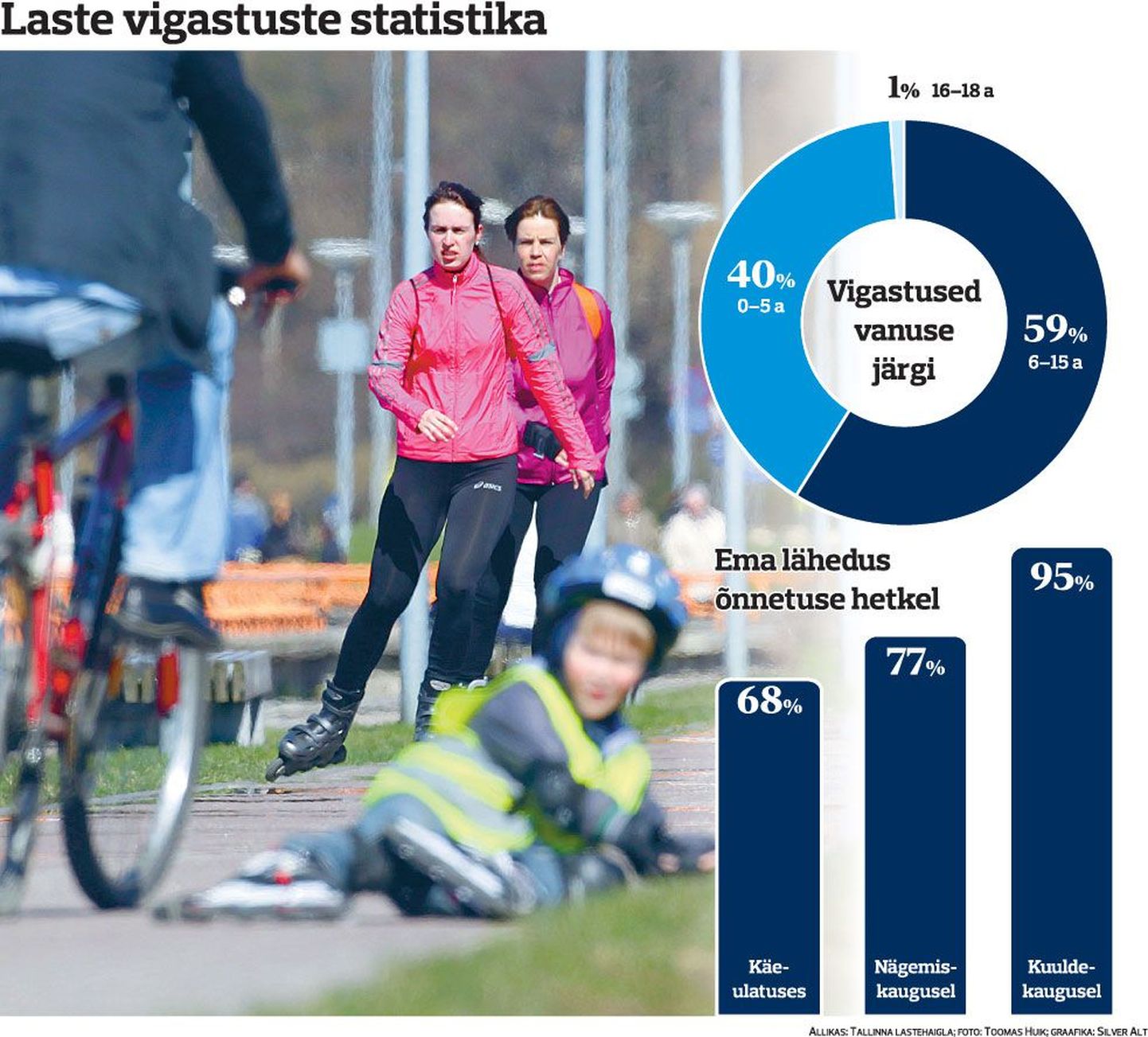If the Yearbook integrates the annual overviews of environment, population, social and economic fields into one volume, then the presentation of Statistics Estonia focuses on two subjects.
Principal Analyst Mr Siim Krusell will present an overview of the changes having taken place in the social life of Estonia in 2012.
«As positive changes are concerned, it can be mentioned that in 2012 unemployment decreased and real wages (salaries) continued moderate growth. The rate of economic growth declined, but economic indicators still continued improving,» Mr Krusell remarked. He added that at the same time concern about population processes became more acute as the number of deaths exceeded the number of births once again and the number of persons emigrating from Estonia was bigger than that of persons immigrating to Estonia.
«In spite of the favourable development on labour and wages markets, the difference in income with the main migration destination countries is still two- or threefold, which in turn can influence significantly also the migration processes of the following years,» the Principal Analyst explained. With regard to immigrants, a detailed analysis also reveals more positive trends. «In 2012, nearly 3,000 persons out of 4,244 who had come to live in Estonia had Estonian citizenship. It can be said that we have to deal to a great extent with remigration, which is also proved by the fact that the birth country of over 2,000 persons was Estonia,» Mr Krusell ended with more positive tones.
